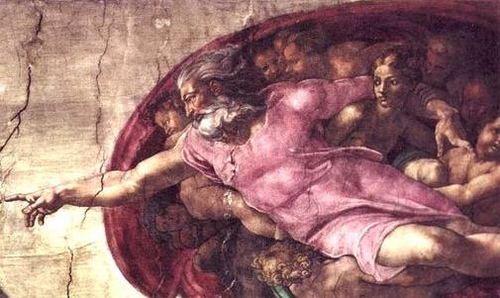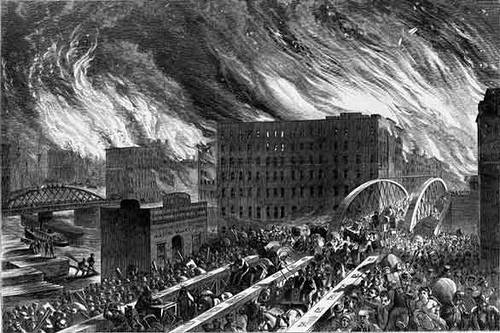A Monsieur Chaban, in Paris, exhibited his astonishing powers of resisting heat, in so wonderful a manner, that the National Institute, and other learned societies, appointed delegates to view and inspect the performances, and to report thereon. Among other singular feats exhibited by this man, and reported to the National Institute, was his going into a common baker’s oven, with a leg of mutton in his hands, and remaining, in the usual manner, closed in until the mutton was completely dressed; another, that standing in the midst of a tar barrel, he remained therein till the whole was consumed to ashes around him. In 1818, he arrived in London, and publicly exhibited himself in Piccadilly, where he offered to repeat these last two exhibitions, before any number of persons, on being properly remunerated for the same; at the same time; he generously offered himself to the fire-offices and the public, in cases of calamitous fires, whenever they should be pleased to call on him, without fee or reward.
— Kirby’s Wonderful and Scientific Museum, 1820



